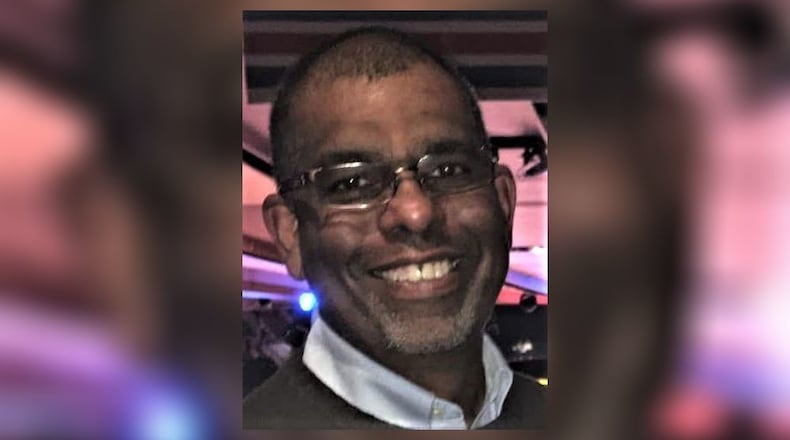The rumor spread after someone posted a video on X that purports to show a Haitian immigrant woman from Springfield being arrested for eating her neighbor’s cat. That’s partially true. Yes, a woman was arrested for allegedly beating to death a kitty and consuming at least a part of it, but she’s from Canton and has no connection to the Haitian community anywhere.
Yet, people choose to believe anything that fits their worldview even when, over and over again, local authorities have debunked the rumors.
Credit: NYT
Credit: NYT
During his awful debate performance, Trump repeated the Haitian lie, claiming as evidence something he saw on television. I once saw a television show about the dead coming back as flesh-eating zombies, but I believe that as much as I believe Fluffy’s in danger.
The Haitian lie is a racist trope that denigrates dark-skinned people from other countries as animalistic savages with a thirst for violence, a stereotype unbecoming of anyone with a soul and even a tiny brain.
That’s a dangerous outlook. A study in the Journal of Social History noted rumors can trigger violence, and that matches with a history that shows the deadly consequences caused by untruths and stereotypes.
In 1921, police arrested a Black man after a white woman alleged he assaulted her. Police dropped the charges, but that didn’t mollify the white mob that grew into thousands and set out for vengeance. Over two days, as many as 300 people died, more than 10,000 were displaced, and the crowd destroyed an area known as “Black Wall Street” because of its economic vitality. Today, the Tulsa Race Massacre remains one of the biggest atrocities in our country’s history.
It wasn’t until 1952 that the U.S. government repealed a provision that wouldn’t allow Asians to immigrate to America. For decades, America worried about a so-called “Yellow Peril” in which Asians would overrun the country and destroy its values — arguments still used against other immigrants. Racism doesn’t quickly ebb, and in 1982, two white men beat to death a Chinese man in Detroit because they believed Asians were taking their auto jobs.
In 2020, Ahmaud Arbery went out for a morning run in Atlanta. Three white men followed him in a pickup truck because they thought he looked suspicious because, you know, how else is a Black man supposed to look? They chased him down and shot him to death.
Springfield’s on edge, and that’s easy to see from the people who attend council meetings. Ugliness happens when gullible people believe lies and fear takes hold. We saw the first evidence of the impact of lies on Thursday when officials evacuated City Hall following a bomb threat. Trump and Vance irresponsibly spreading wild rumors to appeal to their base is like using gasoline to light kindling in a fire pit.
Springfield’s leaders are doing a good job of separating fact from fiction. They’re staying calm even as some of their constituents spew hate against people who have come into the community (and, by all accounts, have been productive citizens).
This is not about the city’s immigration influx, whether it’s been properly handled, and the significant challenges in supporting a population that comes from a different culture. That’s another column.
This is about the need to turn down the temperature and stop the cat-eating Haitian nonsense.
Springfield need not be like Tulsa, Detroit, Atlanta, and all of the other cities across America with violent instances brought on by people who acquiesce to disinformation. People should stop listening to the voices of hate who want to deceive and frighten voters.
History shows us what happens when fear takes hold.
We don’t need that to happen in Springfield.
Ray Marcano’s column appears on these pages each Sunday.
About the Author


